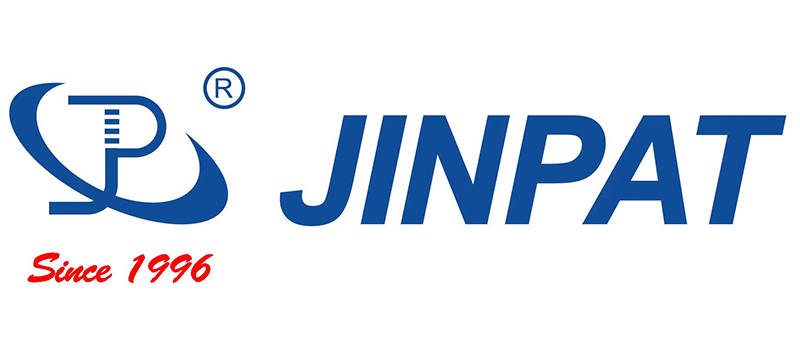In the previous section, we introduced several key technical performance indicators of slip rings, including static contact resistance and dynamic contact resistance. Now,let’s discuss friction torque, insulation strength between different loops of the slip rings, and their service life.
Apart from contact resistance, friction torque is also an important technical performance indicator of slip rings. Friction torque refers to the resistance generated between the brush and slip ring during rotation due to sliding friction. It is directly proportional to the brush pressure, which is the force exerted by the brush on the slip ring when they make contact. Friction torque is divided into startup friction torque and dynamic friction torque. Startup friction torque consists of static friction torque between the brush and slip ring and static friction torque within the bearing system. The greater the brush pressure, the larger the startup friction torque. The size of the dynamic friction torque varies with the rotation time; the longer the sliding contact between the brush and slip ring, the smaller the dynamic friction torque, resulting in more stable operation of the slip ring.
Before delivering carbon brush slip rings, JINPAT conducts a running-in process on the carbon brushes on the workbench to achieve the most stable operating state. After running for a period, the brush wires and slip ring grooves begin to wear, increasing the contact area. This leads to an increase in friction coefficient, dynamic friction torque, and contact resistance. However, for carbon brush slip rings using an open-frame structure, there is no such trouble, as the carbon powder drops to the bottom through gaps between components. When the carbon brush wears to a certain extent, replacement is necessary.
In addition, the insulation strength between the loops of the slip rings should also be given attention. Good insulation performance between each loop of the slip ring is essential to avoid issues like current short circuits, ensuring system safety and stability. Insulation strength refers to the insulation resistance between adjacent slip rings and between each slip ring and the housing under a certain voltage. It is typically measured using a 500V or 250V megohmmeter. The main factor affecting insulation strength is the insulation performance of the sealing gel. Currently, most precision slip rings use epoxy resin sealing gel,primarily composed of bisphenol A epoxy resin as the main agent, various an hydrides as curing agents, and added silicon micro-powder or Al2O3 alumina powder as fillers, along with toughening agents and accelerators. After high-temperature curing, the required insulation layer is obtained.
Lastly, the service life is another critical performance indicator of slip rings. Various factors affect the service life of slip rings, including rotational speed,brush pressure, material compatibility between the brush and slip ring, as well as processing and assembly techniques. Brush pressure is one of the key factors directly influencing the service life of slip rings. The higher the brush pressure, the greater the friction, leading to more severe brush wear and a decline in various performance indicators. When the wear reaches a certain level, signal transmission functionality may be lost. As a pioneer in the slip ring manufacturing industry, JINPAT has extensive experience in developing high-life slip rings.
To increase the service life of slip rings, JINPAT ‘s engineering team has long verified various structures and retained the most reliable and stable configurations through full-life cycle testing. For the frictional mating materials in high-life slip rings, it depends on the material of the brush wire and the material and thickness of the copper ring coating. With years of accumulation, JINPAT’s engineering design team also possesses rich experience in the composition of frictional mating materials for slip rings. Over the years, based on the data and experience gained from these tests, JINPAT has comprehensively optimized and improved the critical design, manufacturing process, and testing technology of its slip rings, achieving the goal of enhancing product quality.

